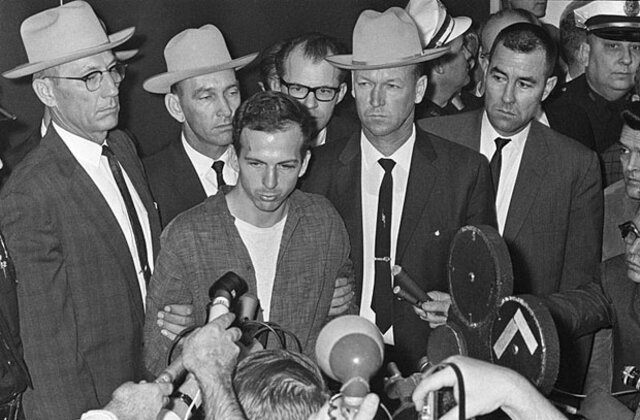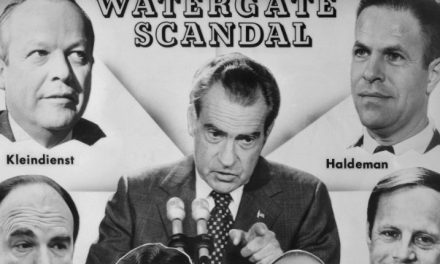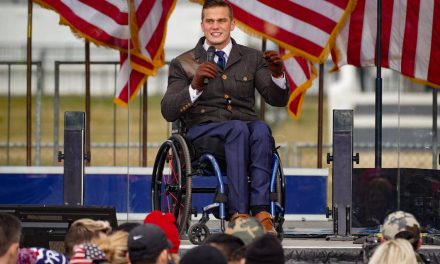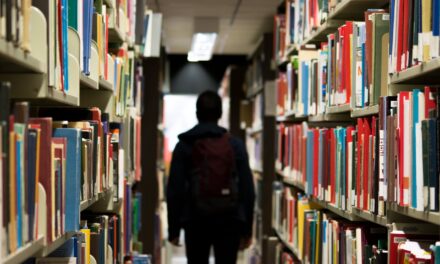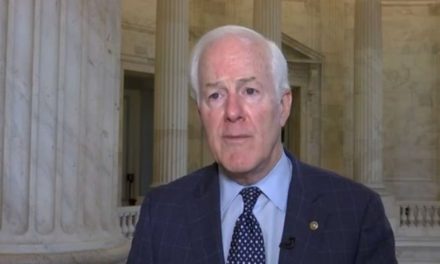When the press briefly had the opportunity to talk to Lee Harvey Oswald on the night of the assassination, he said he didn’t know what his arrest was all about. He denied shooting President Kennedy. He said he worked in the building (from which at least most of the shots originated) and had naturally been in the building for that reason. He also said, “I’m just a patsy.” It wasn’t a confession. It wasn’t a well-concocted cover story. But it also quite likely was at least highly misleading if not an outright lie. He definitely knew more than he was letting on, but how do I know that?
The answer is the alleged murder weapon. It’s not in dispute that a World War Two-era Italian 6.5 Mannlicher-Carcano bolt-action rifle was recovered in the “Sniper’s Nest” on the sixth floor of the Texas School Book Depository. The rifle had Oswald’s palm print on it, according to the FBI, and it was purchased by mail order from a Chicago sporting goods company. The purchaser was A. Hiddell, a known alias of Oswald’s.
The name of “Alek James Hidell” was on a Selective Service notice of classification and a Marine Corps certificate of service, both found in Oswald’s wallet when he was arrested, according to the Warren Commission, which investigated the assassination. On the Selective Service card was Oswald’s photograph, with the signature “Alek J. Hidell” in what the commission said was his writing.
The rifle with which the commission says President Kennedy was shot was ordered and shipped by mail in the name of “A. Hidell,” of Dallas. Oswald’s New Orleans post‐office box listed “A. J. Hidell” as entitled to receive mail. In Oswald’s Dallas effects was a vaccination certificate signed by “Dr. A. J. Hideel,” a variation the commission said was an Oswald forgery…
…Oswald’s wife. Marina, testified that he had compelled her to write the name “Hidell” as chapter president on membership cards of a fictitious Fair Play for Cuba Committee in New Orleans, ostensibly favoring the cause of Premier Fidel Castro. She called this “foolishness,’” and suggested “Hidell is merely an altered Fidel.” – New York Times, November 1, 1964
One could easily go down a rabbit hole trying to figure out why Oswald was using an alias, but here is what I want you to consider, because it’s been bothering me. If Oswald were the assassin he really could not have thought he’d get away with the crime. After all, he left the murder weapon at the scene. Now, admittedly, there wasn’t much alternative. He couldn’t have strolled unnoticed out of the building carrying a rifle. But it was a simple matter to trace the weapon back to him, and he would have known that. The fact that he was carrying papers linking him to the alias used to purchase the weapon just made this task that much easier, but his P.O. Box was all the evidence the FBI needed.
Here’s what Oswald did immediately after Kennedy was shot at 12:30 pm. He walked down to the second floor where he was confronted at gunpoint by a police man. Informed that Oswald was an employee, the police man continued up to the higher floors. Oswald got a soda from the break room and left the building at 12:33. He initially got on a bus before disembarking and hailing a cab. He went to his rooming house, got some things, and then allegedly shot and killed a Dallas police officer J.D. Tippit on the street before heading to a movie theater where he was arrested.
It’s a strange tale, and it really makes little sense.
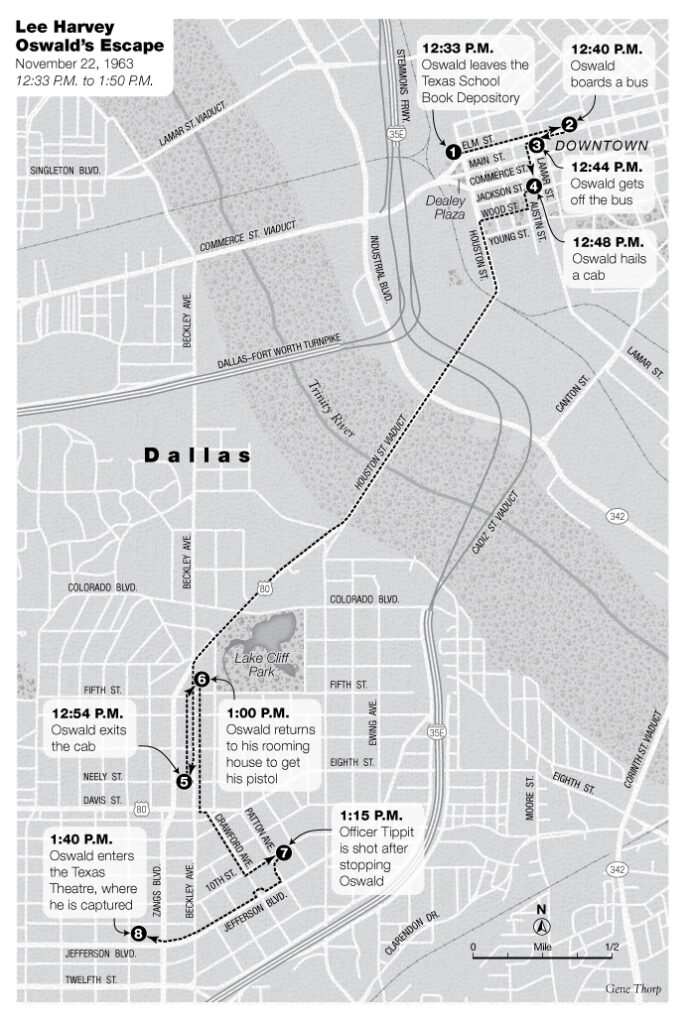
Even aside from the fatal confrontation with the Officer Tippit, Oswald seemed to be making efforts to avoid capture. He fled the scene, switched from a bus to a cab, and the cab dropped him off several blocks from his rooming house. But he didn’t really have a plan to get out of Dodge. Was his trip to the movie theater part of a pre-planned rendezvous (was he double-crossed) or a desperate improvisation after the unexpected incident with Tippit?
It’s no wonder that a million conspiracies bloomed in the wake of this story. Most of those conspiracies fail to take into account all the facts. If Oswald was set up to take the fall for the killing of the president, he was at least a witting participant to some plot, even if he didn’t know the true purpose. His gun was left at the scene and we know he was on that floor that day. If he brought the gun at someone else’s behest, what did he think it was for?
Theories like this lack surface plausibility, but then so does the idea that he could simply walk away from the crime with his gun sitting there and somehow insist on his innocence. If he had a plan to permanently evade capture, why is there no evidence for it? Where was he going to go? Was he just going to abandon his wife and child?
His behavior when arrested seems like genuine confusion, like he really didn’t know why he was a suspect. He comment about being a patsy suggests, however, that he knew he’d been set up. But how?
The evidence that Oswald was the lone shooter is suspect at best, but it’s virtually conclusive that he was the Book Depository shooter. The problem is that no one has explained what his plan was for after the shooting. If the gun were untraceable and he’d wiped the palm print off of it, he could have just remained in the building with the other employees. But if he knew he needed to escape, he must have had a place in mind where he’d go. And if he was put up to the assassination by someone else, maybe he was supposed to meet up with them so they could help him leave Dallas.
There are dozens of books that look at these questions in much greater detail than I’ve attempted here, but I haven’t really seen anything that satisfies my curiosity about Oswald’s post-assassination behavior. I want to know what he meant when he said he was a patsy. Was it just bullshit or did he mean it?
I’ve always had the nagging suspicion that it was a little of both. But he was gunned down before he could give us any better clues.

